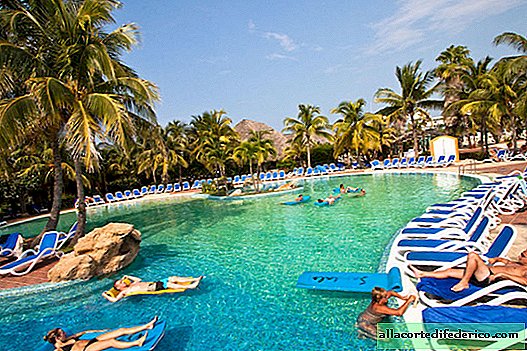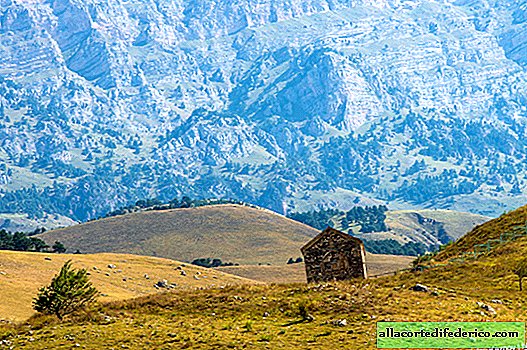Cats banned: New Zealand is going to restore nature to its original appearance
New Zealand, like Australia and some other regions of the world, was severely affected by invasive animal species that were introduced by immigrants. The unique local fauna fell prey to ermines, cats, rats and other predators who did not have any natural enemies on the islands. But the New Zealand authorities decided to save what was left, and even decided to limit the number of cats by introducing strict control over pets.

The leadership of the village of Omaui, which is located on the South Island, took the initiative to ban cats. Those pets that today live in the homes of Omaui residents, of course, can stay, but new cats are prohibited. All domestic cats will be considered and chipped without fail. These measures are connected with the desire of the country's leadership to preserve and restore the unique wildlife of New Zealand.
The fauna of the islands for a long time developed in isolation. For this reason, New Zealand did not have its own snakes and mammals, except for bats. Of the large predatory animals, only birds of prey lived here, and on the ground it was relatively safe. For this reason, a unique diversity of flightless birds has formed here, which became the first victims of people and new species of animals settled here.

The first people who appeared on the islands of New Zealand were Polynesians. According to researchers, this happened not so long ago, in the XIII-XIV centuries. Together with them, rats and dogs got to the islands. Well, after the British and other Europeans appeared on the islands at the end of the 18th century, New Zealand's fauna was enriched with cats, ermines, rabbits, ferrets, European hedgehogs, possums, deer, pigs, horses and several species of birds. Some of the animals appeared on the islands by chance, while others, on the contrary, were purposefully introduced in order to serve as game hunting animals. For example, on the islands today there are 7 species of deer that threaten the local flora and fauna.
From the moment the first people appeared on the islands, several species of birds have died out here, such as the giant Haast eagle and large representatives of the order Moraiformes.

Kiwi, the national symbol of the country, today is on the verge of extinction. On the North Island, where ermines and hori abound, there are almost no chances for the kiwi: these predators eat 95% of all hatched chicks. Things are not in the best way with other flightless birds, endemic to New Zealand - a cockatoo parrot and a wingless sultanka (takake). Several species of lizards and insects are threatened with extinction, and some plant species suffer from the extermination of numerous deer.
Today, when New Zealand is actively fighting for environmental well-being and the preservation of natural landscapes, the protection of endemic species of fauna is reaching a new level. Nurseries for breeding rare bird species and national parks are created, the territory of which is protected from predatory species. But if on small adjacent islands, conservationists managed to clear the territory of "aliens", then on the North and South islands this will be much more difficult. Nevertheless, the government announced its intention to get rid of possums, ermines and rats by 2050.


















